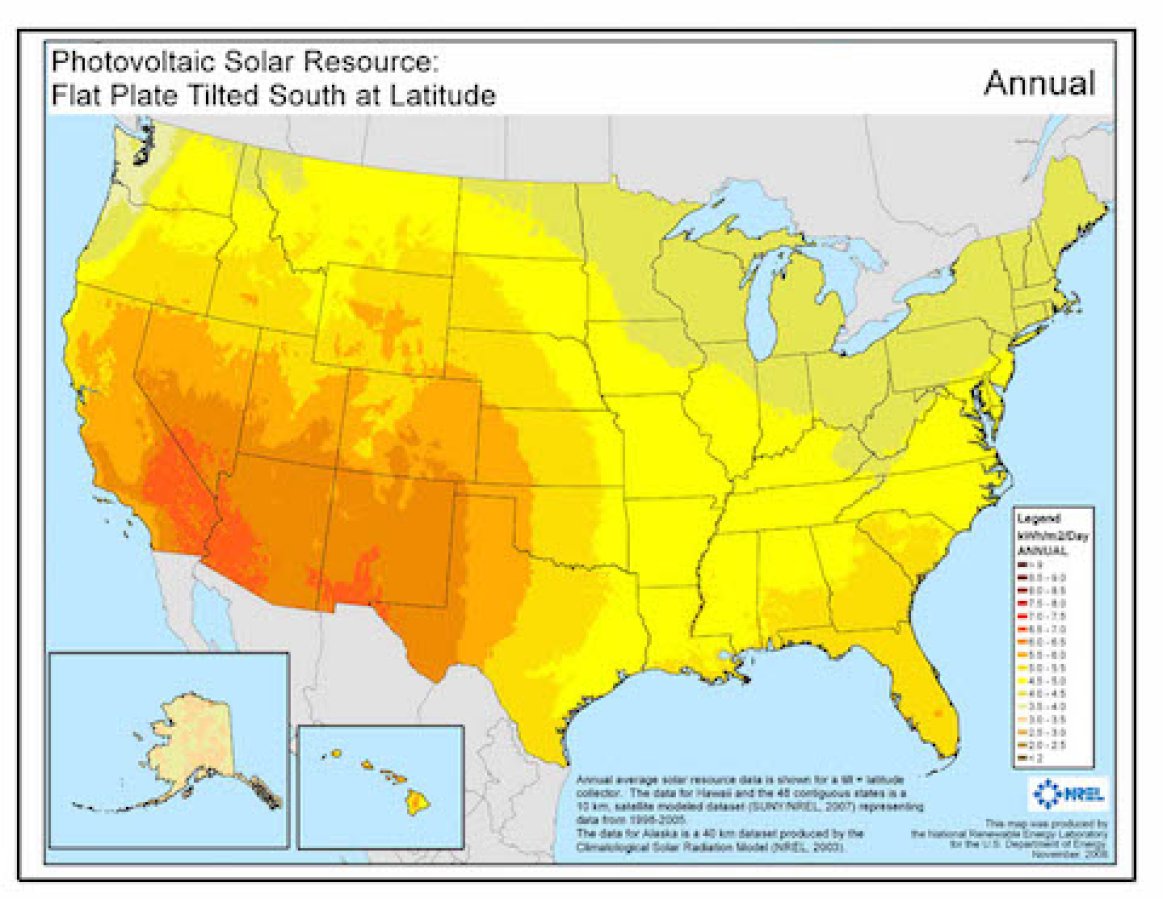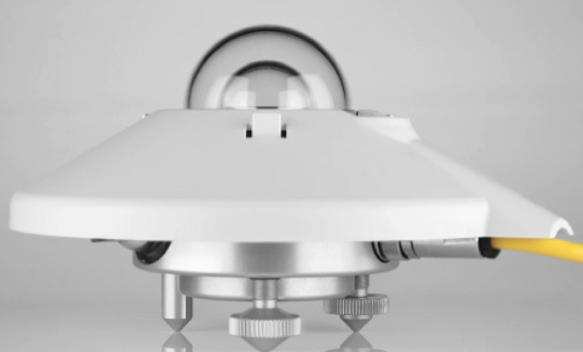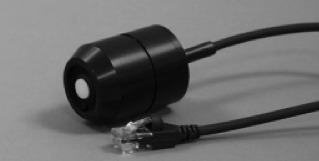
Pyranometer - a useful, interesting and fun tool for solar integrators.
What is a Pyranometer?
A pyranometer is a device used to measure the amount of irradiance that reaches the earth’s surface. As with almost any type of measurement device, there exists a broad range of pyranometers ranging from highly complex, expensive units to fairly inexpensive simple units. This article will explore two types thermopile and photodetector.
Prior to discussing the two different types, it is important to mention the desired cosine response of pyranometers to the intensity of incident irradiance on a horizontal surface. The cosine response occurs when the sensed intensity of incident irradiance is directly proportional to the cosine of the zenith angle of the sun. The zenith angle is the difference between a point directly overhead, 90º, and the sun’s elevation angle. Therefore, the desired response of a pyranometer on a clear day would be greatest at solar noon when the sun is directly overhead (or, at its highest point) and least during dusk and dawn when the sun is at the horizon.
First up is the thermopile pyranometer. This type of pyranometer takes on the form of the classic UFO - see image below. It is mostly used in laboratory and scientific research where data integrity and precision are required. The highest quality devices in this group are capable of detecting the atmospheric solar radiation spectrum of 300nm to 4000nm.

The thermopile pyranometer, as its name implies, utilizes a thermopile, a collection of thermocouples, to detect a temperature difference between two surfaces. The surfaces are labeled active (hot) and reference (cold) accordingly. The hot surface is a horizontal black surface that is exposed to the sky. The cold surface, depending on the complexity of the pyranometer, varies from a second control thermopile to the housing of the pyranometer itself.
To protect the black surface from environmental conditions a glass or quartz single or double insulated dome is utilized. This dome eliminates dust, moisture, wind and other elements that would introduce variation in the detection of irradiance.
How does it work?
Simply, as the black surface absorbs solar radiation its temperature rises. This temperature rise, which is directly proportional to the intensity of incident irradiance reaching the black surface, induces a voltage in the thermopile. The output voltage is measured and a correlated irradiance value is recorded.
The second type, a photodetector pyranometer utilizes semiconductors to measure the amount of irradiance reaching the earth’s surface. These pyranometers do not detect the full atmospheric solar radiation spectrum. Instead, they are limited to approximately 350nm to 1100nm with a peak in response between 900nm and 1,100nm. The detecting element is a photodiode that responds to the amount solar radiation with an output current. Unlike the thermopile that responds to the intensity of irradiance in a proportional manner, the photodiode requires signal conditioning to properly correlate irradiance with the output signal. In this manner, photodetector pyranometer measurements are considered approximate. The image below is of a photodetector pyranometer.

It’s fairly obvious at this point that pyranometers are useful in the solar industry. First, pyranometers have been used over the decades providing us with immense amounts of irradiance data. It is with this data that we have developed models that describe the varying amounts of available insolation across the earth’s surface. Pyranometers are consistently used to capture specific local data to qualify potential solar sites. They offer tremendous support in troubleshooting problem arrays. And, the data collected using these devices can be compared to active solar projects to verify and ensure the performance of the project.
Pyranometers are readily available and easily deployed. Go out and get one for your toolbelt and have fun with the data.